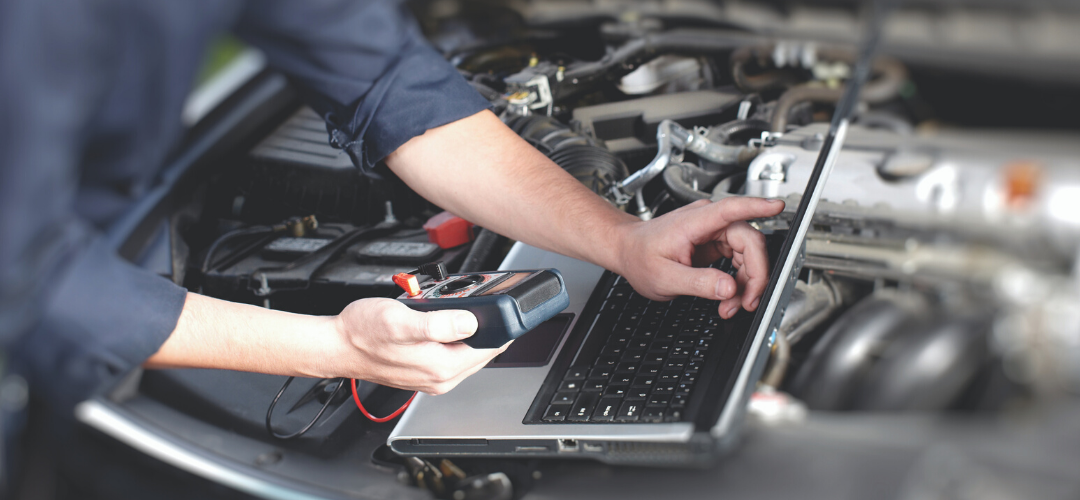Today, we are faced with an increasing number of control units in modern vehicles. Modern vehicles have 20 to 50 control units, and the current trends and developments indicate they will increase even further. Therefore, we teach the participants the proper diagnostics of control units, the principles of their operation and how to draw the right conclusions about what is happening in the vehicle.
Seminar goals:
- The participants are able to make the most of the possibilities offered by the diagnostic device
- The participants will be able to properly test the control components using the diagnostic device
- The participants will know how to quickly and effectively narrow down a possible vehicle failure based on the relevant parameters
Contents:
- The role of various control devices in the vehicle
- Proper diagnostics of control devices
- EOBD II diagnostics
- Proper application and possibilities of various diagnostic devices
- Types of fault codes recorded by control units
- Standard fault codes
- Differences between faults by type, code and how they are recorded
- Fault detection by control units
- Freeze frame
- Communication of the diagnostic device with the onboard control units
- Use of diagnostic device data in proper fault diagnostics
- Real values – setpoint values
- Tests of actuators
- Proper interpretation of graphic display
- Interpretation of parameters
